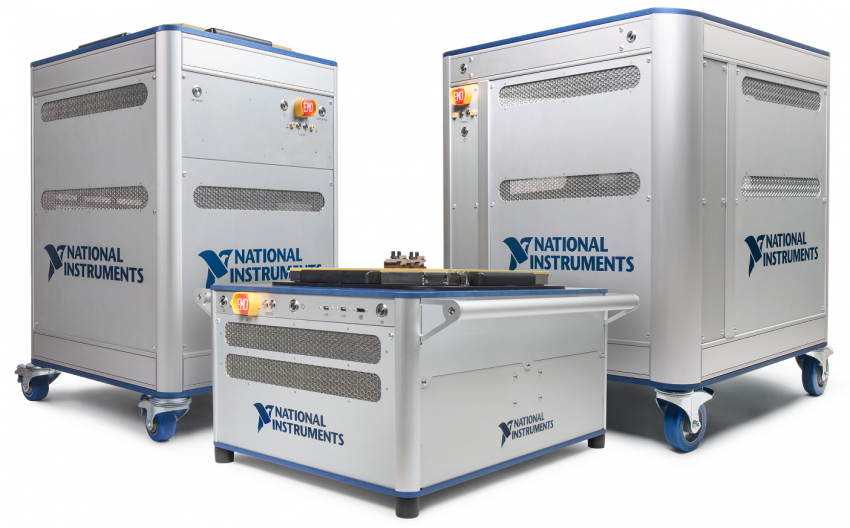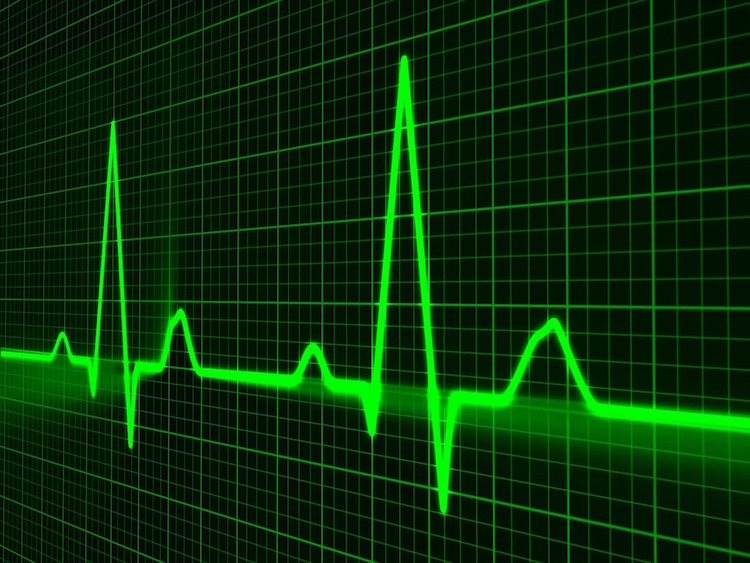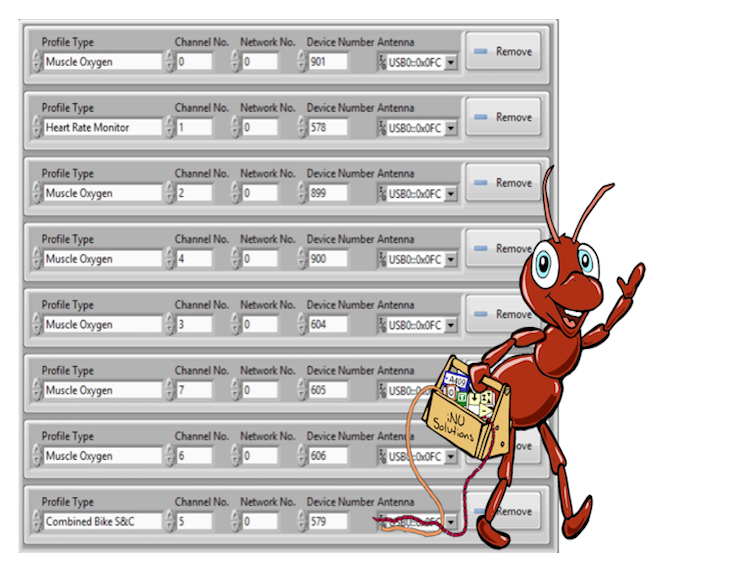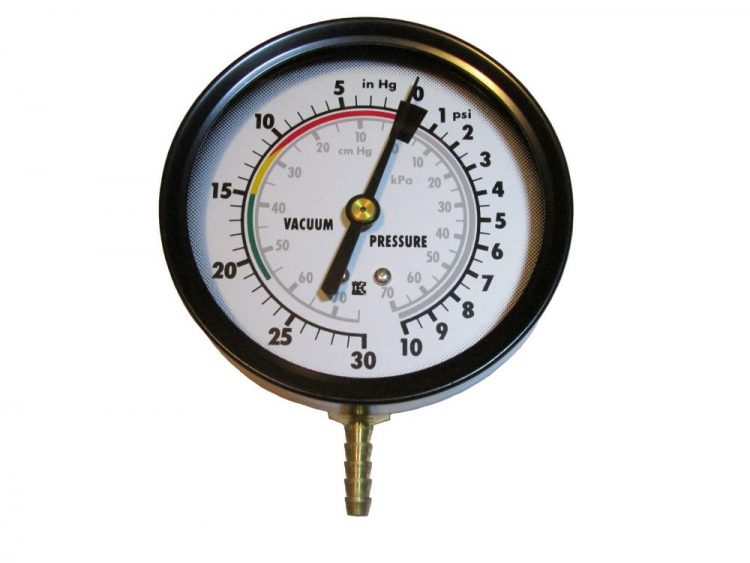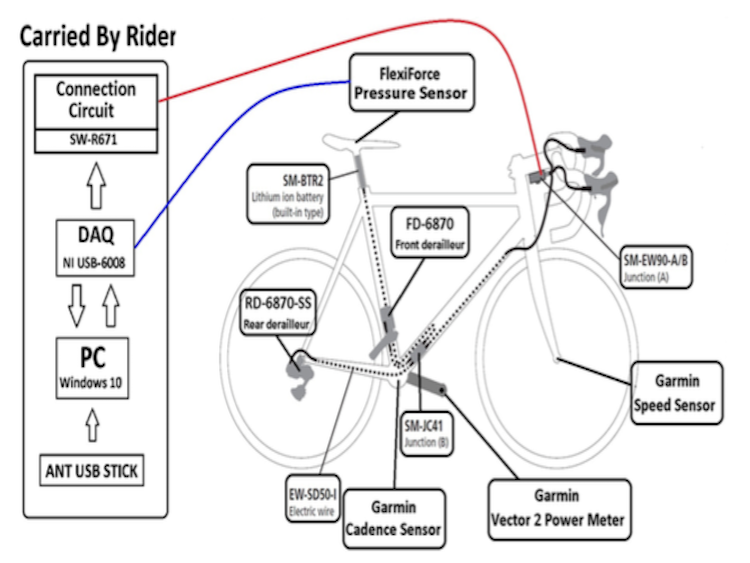
The latest technology in electronic transmission systems (ETS) and wireless sensors for bicycles bring a high potential to automate gear shifting on bicycles. An optimal gear selection system (GSS) for road bicycles with an ETS was developed. The system interacted with a commercial Shimano Di2 6870 ETS, resulting in a fully automatic transmission system (ATS) that selected an optimal gear for the user.
Optimal gearing and system behaviour was determined from knowledge acquisition from both practical and theoretical aspects. Knowledge-based system was developed for optimal gear selection, using fuzzy logic control.
Sensors were used to measure speed, peddling rate (cadence), peddling power and riding position. By fusion of the sensor data and the acquired knowledge, the GSS selected an optimal gear that maintained the cadence within a predefined optimal range for a given situation.
NI LabVIEW was used for development of the GSS and the ANT+ Toolkit for LabVIEW was used for data acquisition from the Garmin Vector 2 Power Meter (PWR), Cadence Sensor (CAD) and Speed Sensor (SPD).
Capturing the sensor signal directly into LabVIEW allowed a direct fusion of the data, meaning that the GSS could select an optimal gear that maintained the cadence within a predefined optimal range for a given situation.
The GSS prototype was installed on a demo bike equipped with an ETS and tested on a stationary indoor trainer, according to a test plan document. The system performance was tested in terms of maintaining cadence at a preset goal cadence. The effect of each individual input variable on the system was tested and results confirmed that the GSS performed according to the predefined requirements.
Main Hardware
Shimano FD-6870 Front Derailleur
Shimano RD-6870-SS Rear Derailleur
Garmin Vector 2 Power Meter
Garmin Cadence Sensor
Garmin Speed Sensor
FlexiForce Pressure Sensor
NI-USB-6008 DAQ
ANT Profiles Used
Bicycle Power (PWR)
Bicycle Speed (SPD)
Bicycle Cadence (CAD)
The future development options for this kind of system could include migration to a realtime OS to minimise the hardware size/weight, include extra sensors to increase accuracy and the addition of a small monitor to display information to the rider.
Information and some text is taken from “Optimal Bicycle Gear Selection Using Multi-Sensor Data Fusion” by Víðir Bjarkason


